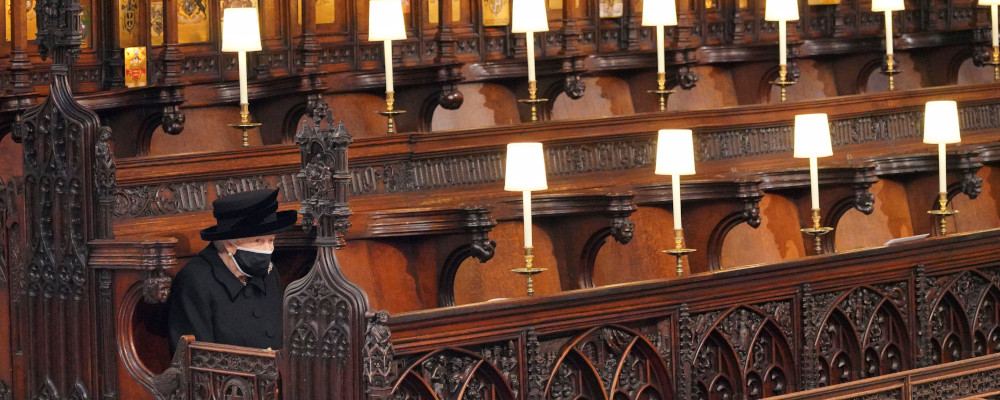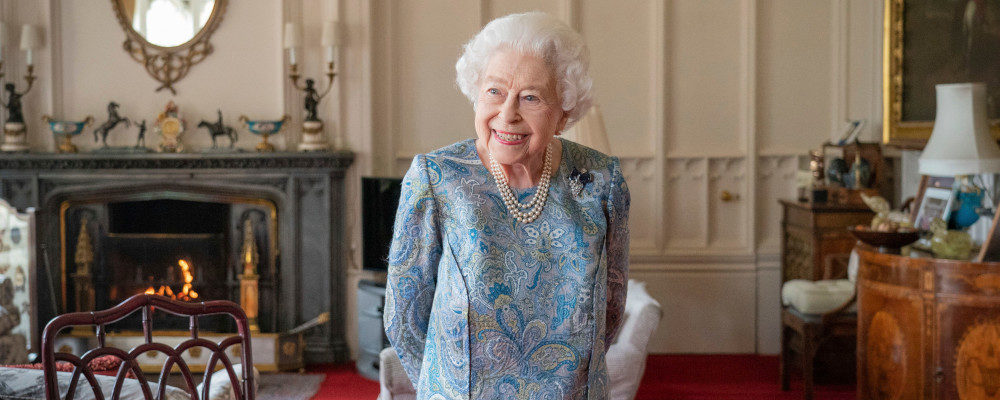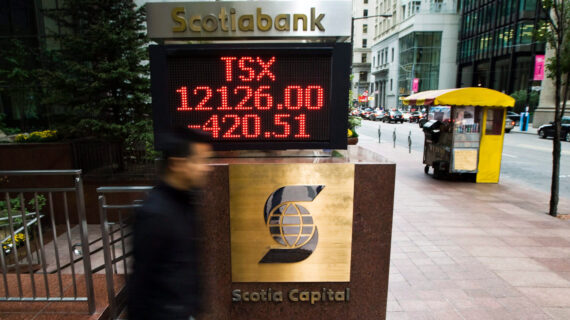She was not a queen, but the Queen. Few of her subjects in the United Kingdom or in any of the Commonwealth realms where she remained head of state are old enough to remember a time when she was not the Queen. As a result, her place in our minds, and in the minds of billions of people around the world for whom she was a foreign but familiar figurehead, extended well-beyond her official duties. She represented stability in a changing world, order in chaotic times, and constancy in a relentlessly progressive age. More importantly, she embodied it.
The last century began with the death of Queen Victoria, whose longevity was second only to that of Elizabeth II’s and whose reign was synonymous with British hegemony and a cultural and military power unrivaled since the Roman Empire. The 50 years that followed, which included two world wars and four British kings, were the most violent and disruptive in modern history. One can almost imagine that the diminutive but sturdy Victoria had personally been holding back the tide of modernity, which was unleashed upon her demise with devastating fury.
Elizabeth II’s accession after World War II restored peace to the monarchy and to her country, but it could not bring back their former glories. She was crowned in the afterglow of the sunset of the British Empire. Four years earlier, her father had dropped the imperial suffix “Indiae Imperator” from his title. Three years into her reign, the Suez crisis exposed Britain’s true impotence. Over the next twenty years, independence movements across the third world would see more than a dozen countries exit the Commonwealth and drop from her official title.
Elizabeth II was powerless to reverse her country’s eclipse by new global superpowers, but through the turbulence she maintained her regal and personal poise. Almost single-handedly, she kept Britain “great” in the eyes of the world. She occupied the idea of 20th-century royalty—friendly without being familiar; touching but still untouchable—so completely that one almost forgot that the title of Queen is not eternal. It will take some time before singing “God Save the King” and hearing references to the Court of King’s Bench and King’s Counsel won’t be jarring.
In her Canadian constitutional role, for more than 70 years she did almost nothing, and she did it perfectly. She delivered the Speech from the Throne at the opening of Canada’s parliament twice, first in 1957 and again in 1977, but otherwise the symbols of her office presided silently over her government. She was present in law, if not in person, at every court hearing, every cabinet meeting, and every speech, debate, and intemperate outburst in parliament. This was most obvious when her representatives granted royal assent to our laws—a reminder that, unlike vulgar republics, our democracy is ordered constitutionally from above as well as below.
The ubiquity of technology meant that we were able to see behind the “mystery” and the “magic,” which the constitutional journalist Walter Bagehot insisted were essential to the preservation of monarchy, and occasionally glimpse the humanity of our sovereign. What we saw was a woman who exemplified the unfashionable virtues of duty, faith, service, and sacrifice, which are easy to scoff at but whose absence we feel elsewhere in our society and our politics. The outpouring of stories of her small kindnesses gives a glimpse into the private person who cheerfully did her bit during the war in the unglamourous role of a truck mechanic.
Elizabeth II lived among archaic splendour in a world of arcane ritual, and yet in some ways she had more in common with her people than many democratic politicians. When the Daily Mirror sent a reporter undercover to Buckingham Palace posing as a footman, the exposé revealed the surreal mix of the baroque and the ordinary in royal life. The Queen’s cornflakes were served in Tupperware containers and, on the top of the pile of national newspapers, she wanted the Racing Post. It took three servants to deliver the morning coffee, but during breakfast she fed toast to her corgis under the table.
Her formal and honourary titles capture both the anachronism and the thoroughly modern scope of her life. In England, she was Her Majesty, but also Seigneur of the Swans; in New Zealand, she was Te Kotuku Rerengatahi, the “Rare white heron of single flight”; in the Jamaican patois she was Missis Queen; in Rhodesia, she was the Great White Mother of Africa; to the Cantonese in Hong Kong she was “Boss Lady.” She was even a Duke (two dukes if you include the semi-official title of Duke of Normandy).
She was a tireless patron of more than 600 organisations during her reign. She was Colonel-in-Chief, Captain General or Air Commodore-in-Chief of 17 units in the Canadian Armed Forces, Commissioner-in-Chief of her beloved Royal Canadian Mounted Police, and patron of another 18 Canadian charities and organizations. She first toured Canada as Princess Elizabeth in 1951, and made 22 official visits as Queen. Although age later curtailed her travel, she continued to offer messages of condolence and hope to Canadians, as during the “catastrophic flooding” in 2021 in British Columbia when she thanked responders and volunteers.
The obituary films of her life will show what a different country she inherited, and what a changed world she has left. The geopolitical and technological revolutions are obvious, but it was the social revolution that posed the greater threat to her position. When she became Queen, a divorced person was not permitted in her presence at the Royal Box at Ascot. Now three of her four children are divorced. Yet somehow her dignity amid her family’s scandals and the obvious pain of her “annus horribilis” only endeared her more to her people.

The only time public opinion appeared to turn against her was after the death of Princess Diana, when the mawkish Tony Blair and his ghastly wife colluded with the nastier elements in the British press to seize the spotlight and portray the Her Majesty’s reserve as out of step with the new Cool Britannia. In hindsight, we can see the episode for it was: crass opportunism from a congenital constitutional wrecker. The Queen, quite rightly, knew that it was her job to lead by example, to gently adapt the monarchy to the age, but not to follow it. This may be her greatest legacy: changing the Crown to fit the times, without anyone noticing she had done it.
Longevity often conduces to love; we are naturally fond of the familiar. The Queen’s face is probably the most reproduced in history and she played a comfortably reassuring role in our lives, mostly in the background, but always there and apparently always the same. Countries need that. People need that. When ballet dancers perform a series of pirouettes, they maintain their balance and place by focusing on a fixed point at the beginning and end of every spin. The Queen was our focal point, a constant to which we could look for steadiness as events seemed to spin out of control around us.
It is fitting that her last official act was to welcome a new prime minister—her 15th—to Balmoral. For more than seven decades she never wavered from her early public declaration “that my whole life, whether it be long or short, shall be devoted to your service.” She was our Queen and our servant, to the last. “Well done, good and faithful servant.”




